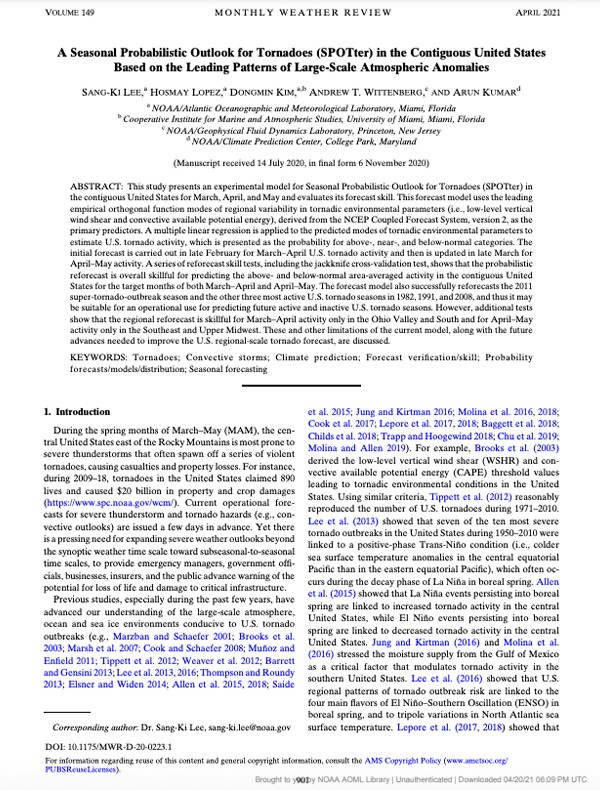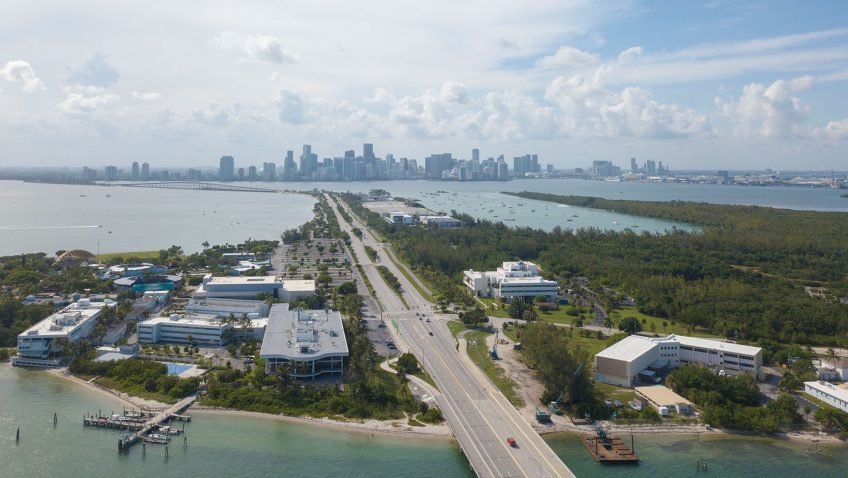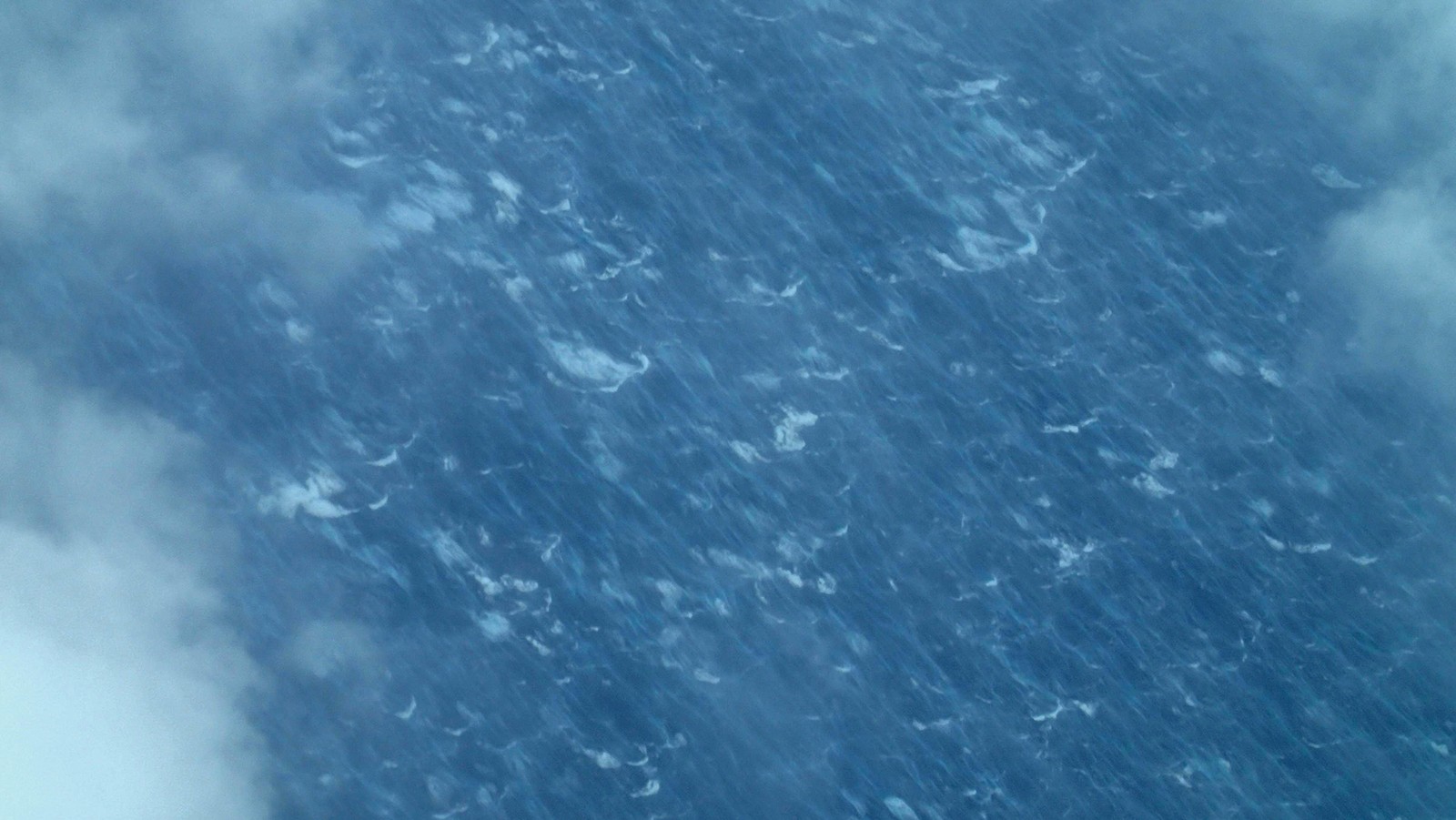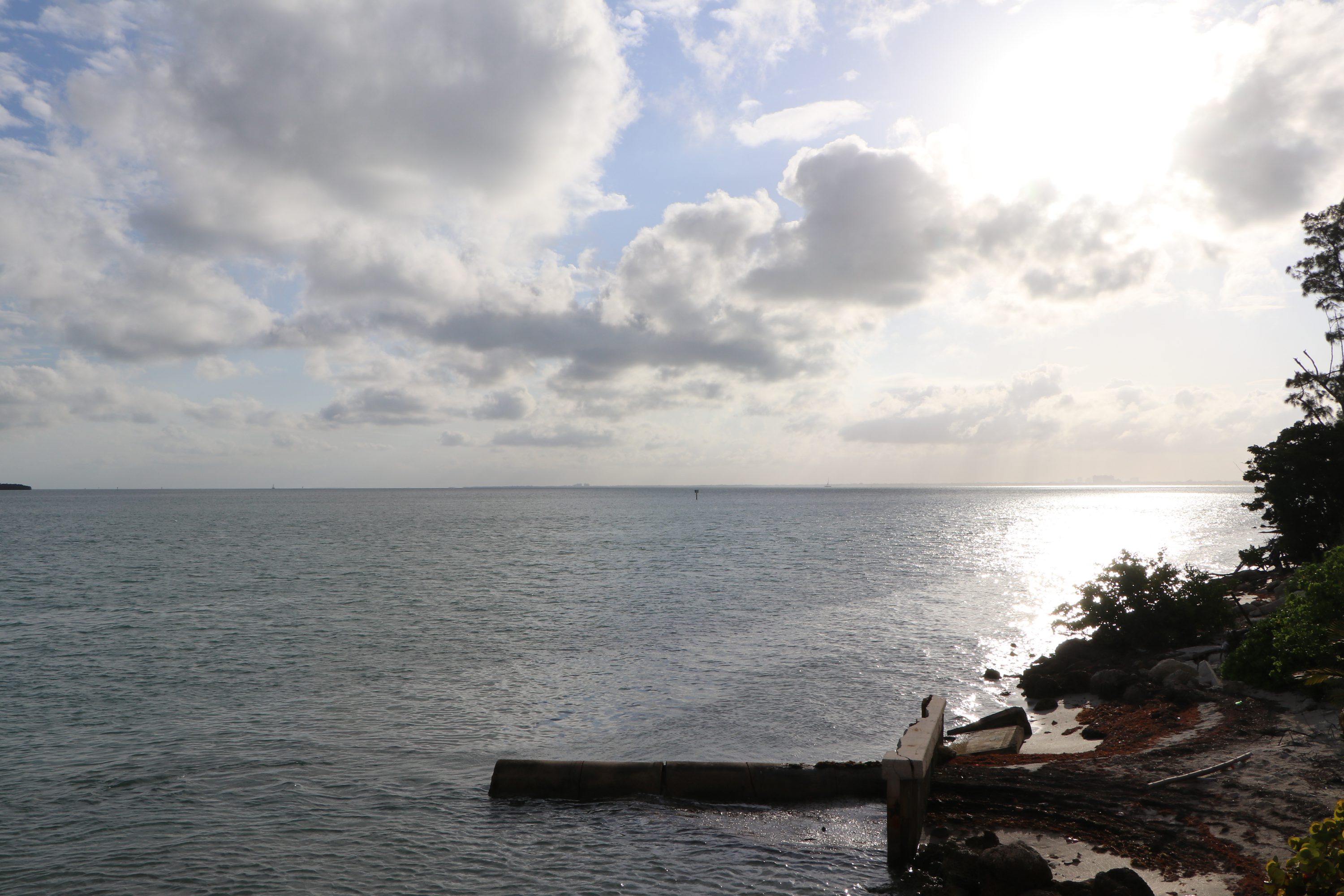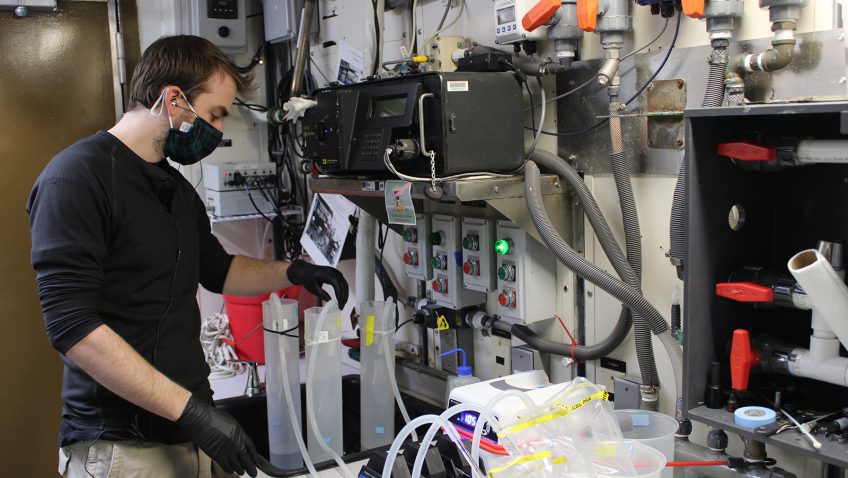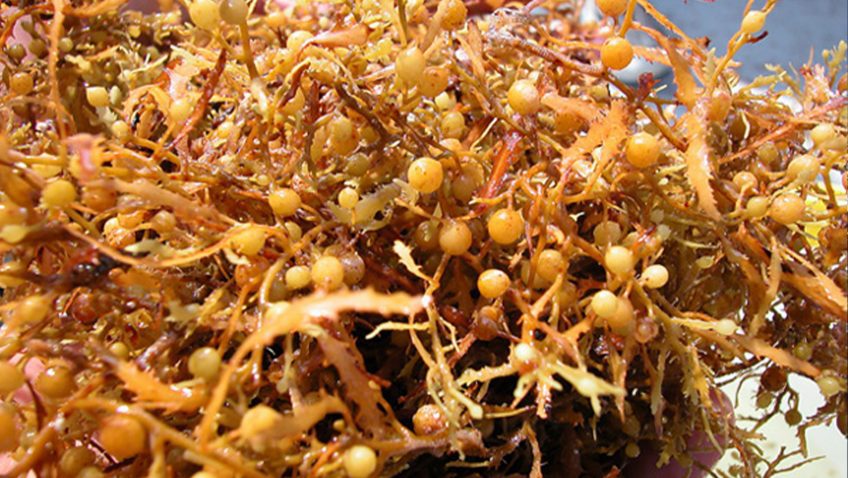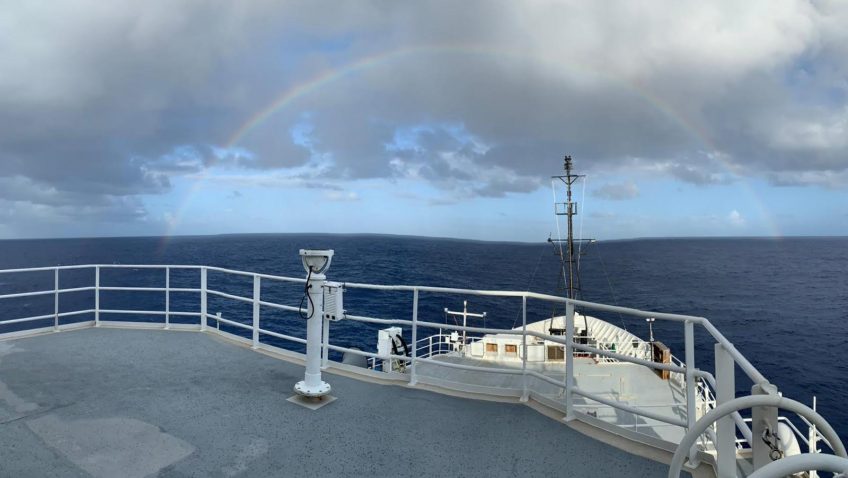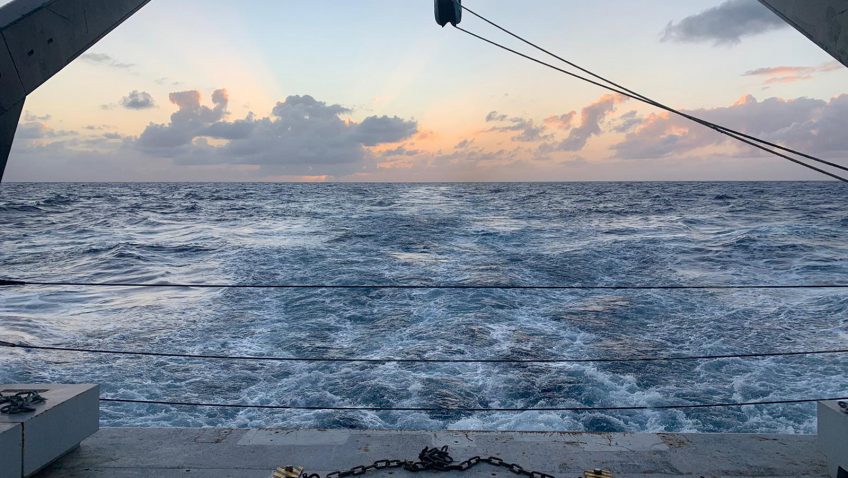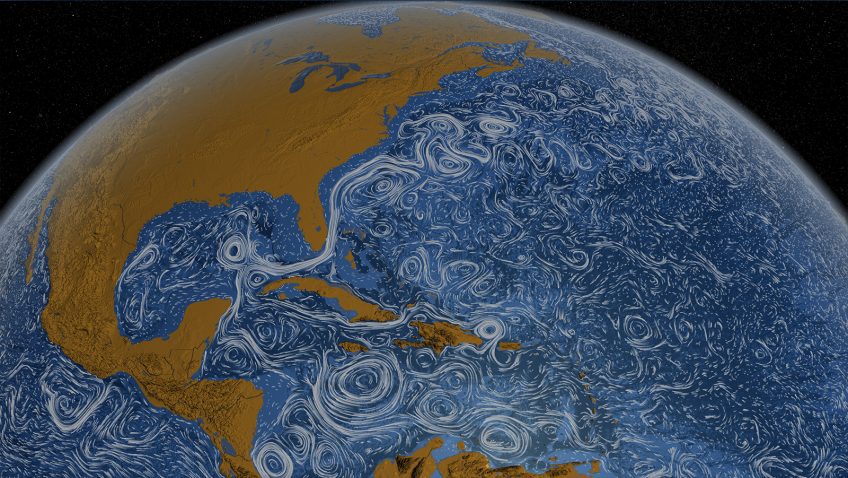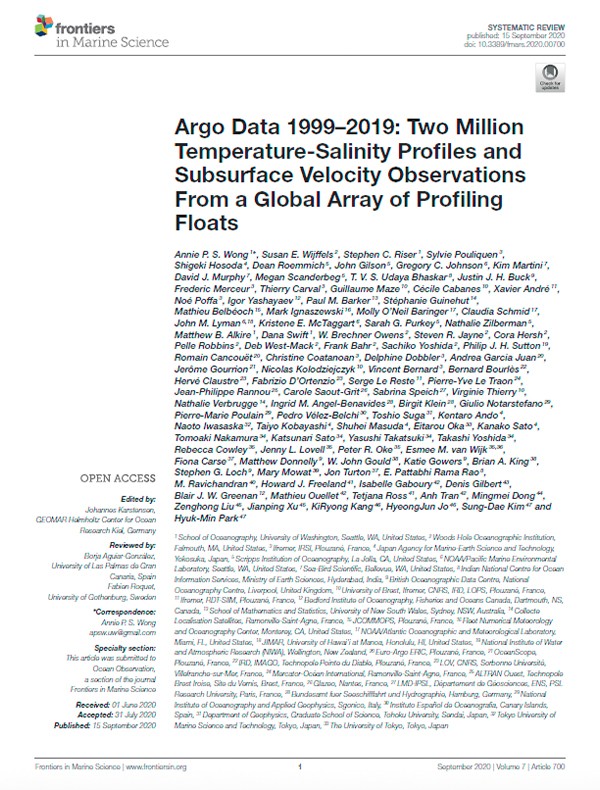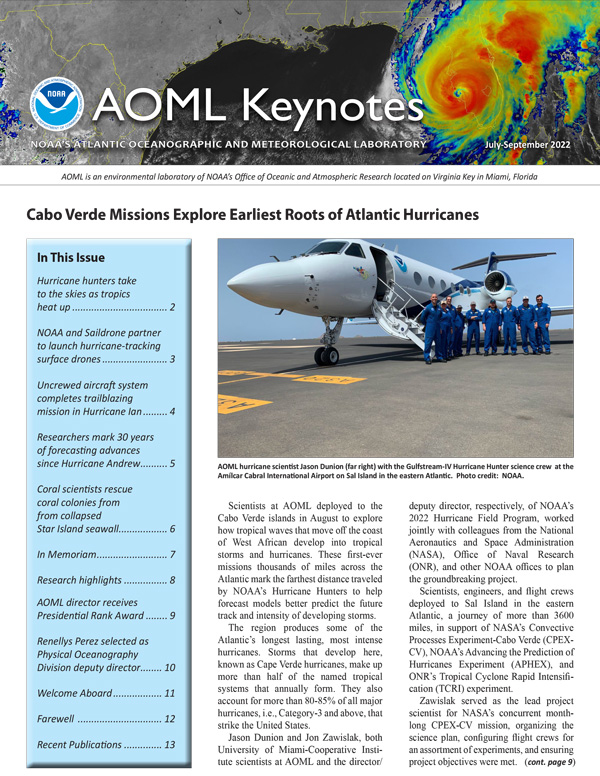A Seasonal Probabilistic Outlook for Tornadoes (SPOTter) in the Contiguous United States Based on the Leading Patterns of Large-Scale Atmospheric Anomalies
Lee, S. K., Lopez, H., Kim, D., Wittenberg, A. T., & Kumar, A. (2021). A Seasonal Probabilistic Outlook for Tornadoes (SPOTter) in the Contiguous United States Based on the Leading Patterns of Large-Scale Atmospheric Anomalies. Monthly Weather Review, 149(4), 901-919.
Abstract: This study presents an experimental model for Seasonal Probabilistic Outlook for Tornadoes (SPOTter) in the contiguous United States for March, April, and May and evaluates its forecast skill. This forecast model uses the leading empirical orthogonal function modes of regional variability in tornadic environmental parameters (i.e., low-level vertical wind shear and convective available potential energy), derived from the NCEP Coupled Forecast System, version 2, as the primary predictors. A multiple linear regression is applied to the predicted modes of tornadic environmental parameters to estimate U.S. tornado activity, which is presented as the probability for above-, near-, and below-normal categories….
Read Full Paper.
